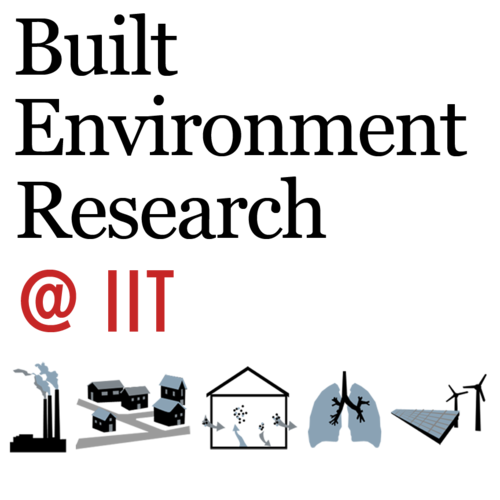
Recent advances in culture-independent molecular techniques and metagenomic computational tools for analyzing microbial diversity, coupled with the recognition that the majority of people in the developed world spend most of their lives indoors, has led to a rapid increase in the number of studies exploring microbial diversity within the built environment. Recent studies have characterized microbial diversity in offices and other commercial buildings, classrooms, healthcare facilities, homes, and transportation environments, which all represent indoor environments where people spend much of their time. In general, these studies have shown that many bacterial communities in occupied environments appear primarily dominated by human skin, gut, nasal, and/or oral source, with some variability attributed to building ventilation strategies and occupancy characteristics. Conversely, fungal communities appear primarily dominated by local outdoor environments.
While these recent studies and others have greatly advanced knowledge of the diversity and dynamics of microbial communities in indoor environments, accurate and meaningful characterizations of building design and indoor environmental conditions in which sampling takes place are often limited. Insufficiently described building operational and environmental characteristics – which are collectively termed “building science” characteristics – may limit our ability to compare microbial ecology results from one indoor environment to another. Metagenomic techniques allow for deep investigations into the environmental factors that affect microbial communities, but without similarly advanced environmental measurements, causal inferences may remain limited. These limitations in building science measurements may occur for a variety of reasons, including inadequate communication between multiple disciplines (i.e., scientists, engineers, and architects), a lack of knowledge of standardized protocols for building science measurements, and/or budgetary or logistical constraints for field sampling campaigns.
Therefore, with OSBSS we have the following goals:
- Identify with a literature review the indoor environmental and building operational parameters that are likely to influence microbial diversity and abundance in indoor environments.
- Based on findings from the review, develop and fully document both online and in the peer-reviewed literature a network of inexpensive, open source, standardized, and synchronized devices for measuring and recording long-term indoor environmental and building operational data for future investigations of the microbiology of the built environment.
Other investigators, including those supporting current efforts in the Alfred P. Sloan Foundation’s (APSF) Microbiology of the Built Environment program, will be able to utilize our development documentation, technical plans, and protocols for constructing their own building science sensor networks online. We will also provide accessible, standardized protocols for a suite of building science measurement procedures that can be used for improving assessment of indoor environmental conditions and building design and operational characteristics in buildings. This work will supplement the current MIxS-BE package describing minimal metadata that should be collected alongside investigations of the microbiology of the built environment.

